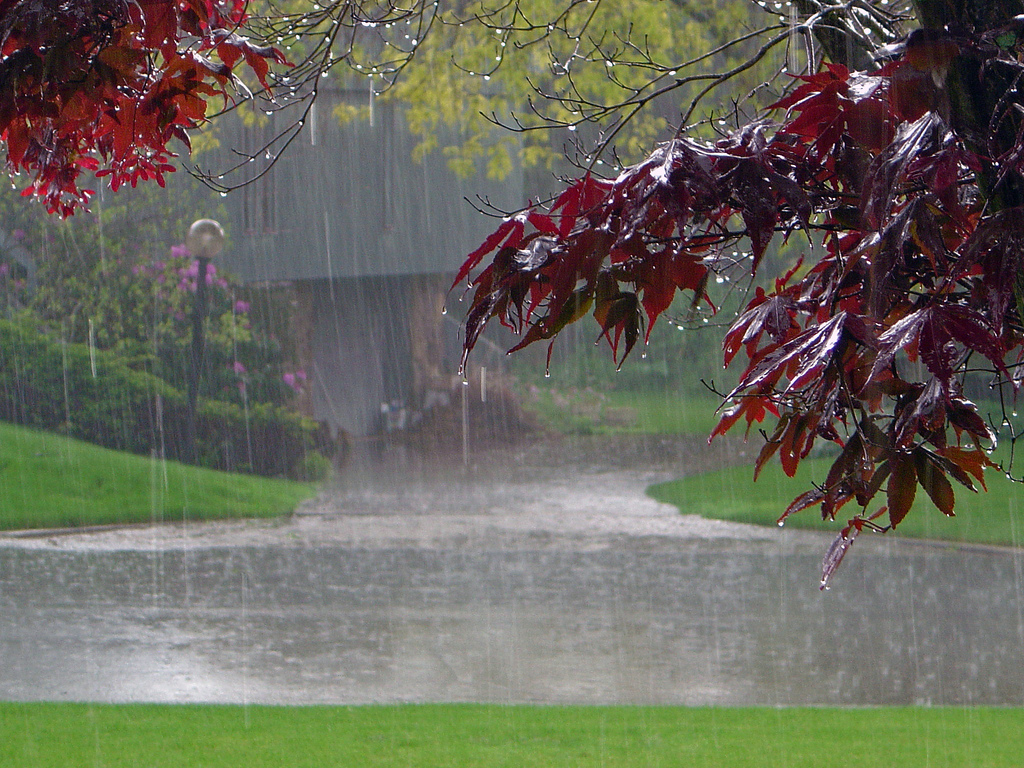 According to the National Weather Service, it is estimated that there are as many as 40,000 thunderstorm occurrences each day worldwide. This translates into an astounding 14.6 million thunderstorms each year. After a storm blows through bringing heavy rains, powerful winds, damaging hail, flooding lighting strikes, tornadoes, hurricanes and more. Homeowners should inspect their residences for signs of damage. HomeZada, an online and mobile software for homeowners that helps manage seasonal maintenance tasks like post-storm maintenance tips. HomeZada can also help plan for home improvement projects, organize important paperwork and keep a home inventory. We have created the following tips for homeowners to follow to check their home for damage and batten down the hatches in preparation for the next weathersystem that rolls in.
According to the National Weather Service, it is estimated that there are as many as 40,000 thunderstorm occurrences each day worldwide. This translates into an astounding 14.6 million thunderstorms each year. After a storm blows through bringing heavy rains, powerful winds, damaging hail, flooding lighting strikes, tornadoes, hurricanes and more. Homeowners should inspect their residences for signs of damage. HomeZada, an online and mobile software for homeowners that helps manage seasonal maintenance tasks like post-storm maintenance tips. HomeZada can also help plan for home improvement projects, organize important paperwork and keep a home inventory. We have created the following tips for homeowners to follow to check their home for damage and batten down the hatches in preparation for the next weathersystem that rolls in.
Check for Leaks
Climb into your attic during a heavy rain to see if you have any leaks. Check in areas around vent openings and in locations where the roofline changes slope or direction. Water in the attic can cause damage to insulation, mechanical equipment, and cause mold. These leaks can require new flashing or waterproofing around openings, or even be an early detector of needing to replace the overall roof. It is easier to spot potential problems during a rainstorm. It is also a good idea to check windows and doors for leaks around the edges.
Inspect your Roof: Roofs can be damaged by various things including high winds, heavy snowfalls, tree branches and even walking on the roof. Roof tiles can be broken or ripped off no matter whether they are asphalt or wood shingle types of roof or even concrete tile types of roofs. It is important to replace and fix these broken aspects of the roof to prevent water from getting under the roofing materials that can cause much bigger problems like serious water leaks into the attic and structural problems for the roof.
Look at your Grade
You should check the grading around the perimeter of your home to prevent interior flooding. Landscaping and other projects including neighbor’s projects may shift the slope around the perimeter of your home. It is best to have a slope away from all sides of your home, so rain naturally drains away from the home. You may want to extend downspouts from the gutters so water flows further from the home. Standing water near your foundation or under the home can create a lot of structural and moisture problems for the home.
Avoid Standing Water
Depending on the slopes and grades around your home, you should check to see if water accumulates under your home, in your crawlspace or basement. Standing water can get under a home during heavy rains combined with poor grading or drainage systems, or even just broken water or irrigation lines. You want to eliminate this standing water as it can create structural problems for your foundation and lead to additional pest and or mold problems.
Clear out your Gutters
Gutters and downspouts get clogged during the summer and fall because of leaves and other debris. It is important to keep the gutter and downspouts clean prior to the rain and snow seasons in order to prevent serious damage to other parts of your home. Clogged gutters can cause water leaks under the eaves and down the exterior walls, which can lead to mold problems. Water in gutters can also freeze and cause ice damns to build up, which can damage your overall gutters.
Trim the Bushes
Shrubs that grow out of control can cause damage to your home. During storms, wind and rain rub the shrubs against your siding and can cause damage to the exterior walls as well as your screens and windows. You can also minimize your pest and insect problems by keeping shrubs trimmed away from the siding.
Prune Trees
Prune tree branches and limbs that extend over the home prior to storm season. Large windy storms can cause tree branches to break off which can damage the roof, gutters, and sides of your home. After storms check for any partially broken or damaged branches that might blow down in the next strong wind as well.
For more free home maintenance guides and tips visit HomeZada.

